Ginza Motoji is delighted to present the first solo exhibition of Kokura-ori weaver ENDO, Satoko.
Ten years have passes since Endo Satoko has established herself as an independent weaver in 2015. For the first time, such a wide range of her work will be shown together, making this exhibition a rare opportunity to experience both her journey so far as well as her latest work.
At such a young age, Endo has already earned numerous awards. While faithfully inheriting the techniques of Kokura-ori, she continues to develop it through her own unique point of view. Her work represents a bold step toward the future of craft and fills us with anticipation and hope for the future of the technique.

Endo-san weaving a kokura-ori obi with her signature kasuri.
What is Kokura-ori?
Kokura-ori (小倉織 ) is a cotton textile, defined by its bold vertical stripes that first emerged in the Kokura , Kitakyushu, Fukuoka (Then, Buzen) during the Edo period. The warp threads are set at more than twice the density of the weft, rendering the weft almost invisible. This results in a striking vertical stripe. The textile is hand woven with remarkable precision, giving the fabric an unexpectedly lustrous and smooth surface, which you may almost mistake for silk. Its durability made it highly prized for samurai hakama as well as obi, but the tradition gradually declined in the turn of the 20th century, and was all but extinct by the 1920s.
Noriko Tsuiki (b.1952~), rediscovered this weave, and through tireless work she brought it back to life. She is also dedicated to teaching the craft to younger generations, many of her students who too are now well established artisans. Her tireless work and passion for Kokura-ori has come to help define textiles in Kyushu.
Tsuiki realised that, unlike silk, cotton can be difficult to dye in a broad range of colours, other than indigo. By turning this limitation into an advantage, she succeeded in drawing out a broad spectrum of hues and established a distinctive style of striped design that highlights subtle gradations of colour. Endo, who studied under Tsuiki, has further expanded upon these techniques and continues to pursue new possibilities within the world of Kokura-ori.
Ecountering Kokura-ori
As a child, Endo recalls loving drawing, handicrafts, and even playing in the mud, always eager to use her hands. She admired her art teacher greatly, and proceeded to study art education in university where she explored three-dimensional works made with piano wire and became fascinated with geometric forms and structure.
She first encountered kokura-ori at a local department store through the brand Shima Shima, whose machine-woven stripes immediately caught her eye. Soon after, at a craft exhibition, she saw the hand-dyed, handwoven work of master weaver Noriko Tsuiki. The textiles struck her as both refined and contemporary, and discovering that kokura-ori originated in her hometown of Kitakyushu only deepened her resolve to pursue it.
Taking a bold step, she wrote to Tsuiki, who replied with a personal phone call and the invitation: “Why don’t you visit my workshop?” After graduation, that encounter led her to begin training at Yū Shōkoku Studio (遊生染織工房).

Preparation is key to fine graduations of colour.
Daily life at the workshop of Tsuiki-sensei
Life in the workshop was not only about the making, but also to learn a way of living. The guiding principle of “making something beautiful” meant treasuring even the daily chores and the care of the surrounding environment. Watching the energetic Tsuiki-sensei up close, Endo realised that there is more to being and artist than just producing work.
She studied from the basics, winding threads neatly, and dyeing them with care., and even after completing the standard three-year apprenticeship, she felt “it’s still not enough” and chose to continue for another year, spending a total of four years in the workshop. Tsuiki-sensei, believing she would one day become independent, kept a close watch over her progress, offering guidance that was sometimes strict, but always warm.

Even before weaving, the warp threads are beautiful.
Recent work by Satoko Endo
New ground with Stripes and Kasuri

The 58th Western Japan Traditional Art Crafts Exhibition (2024)
Nishinippon Shimbun Award
Kokura-ori Nagoya Obi - Rain
Dye; Indigo, Chestnut, Dogwood
One of the distincive, and defining elements of Satoko Endo’s work, a feature which sets her aside from other weavers of kokura-ori is her use of kasuri. There is a fine balance to be struck when working with both stripes and kasuri, which Endo has surely become a master of.
She is always considering which kinds of kasuri patterns will best complement the stripes, drawing inspiration from many sources such as the lattices of buildings or geometric patterns found along the roadside. For her solo exhibition, visitors will also be able to see pages from her sketchbooks where her ideas and inspirations are jotted down.
On the technique of kasuri, Endo explains, “I was never formally taught by anyone. I learned through my own trial and error.” During her time training at the workshop of her teacher, Noriko Tsuiki, she was exposed to processes like kasuri and noshime (kimono with broad horizontal stripes), and those experiences became her foundation. However, after becoming independent and seriously attempting to incorporate kasuri into kokura-ori, she discovered that the challenge was far greater than she had imagined.
Kasuri is a technique in which threads are tied or bound to resist dye, then dyed so that when woven, the pattern appears in the cloth. Because kokura-ori requires the warp threads to be set at an extremely high density, even the slightest change in thread tension can cause the kasuri patterns to shift out of alignment. This makes integrating kasuri into kokura-ori particularly difficult. Endo began with small samples, carefully testing methods of controlling tension and adjusting the arrangement of warp threads. Step by step, through repeated trials, she gradually found ways to achieve success.
Gentle heart-warming stripes.
Among the artists who trained and worked at Noriko Tsuiki’s workshop, three kokura-ori weavers, including Satoko Endo, are now members of the Japan Kōgeikai (Japan Craft Art Association). Though all work with stripes, each has developed such a distinct style that their pieces can be recognized at a glance, revealing the remarkable depth and variety within the seemingly simple motif of stripes.
“Always be conscious of where the light source is.”
These words from Tsuiki remain central to Endo’s approach. When designing, she continually searches for the presence of light within the stripes: shifting from light to dark, from dark to light, with light sometimes concentrated at the centre or scattered across several points. By deciding on a source of light, she explains, the design of the stripes finds its sense of balance.

Kokura-ori Kyusun Nagoya Obi - Crimson
Dyes:Sappanwood, Indian Madder, Gromwell Root, Chestnut, Tea Olive
Another memorable teaching in design is “decide what to emphasize and add an accent.” Yet Endo admits that she is not yet comfortable creating dramatic accents. Instead, she deliberately softens contrasts, valuing a natural and gentle impression.
While the stripes of her teacher, Noriko Tsuiki, radiate strength and clarity, Endo’s stripes carry a sense of softness and warmth. By layering her own onto the traditions of kokura-ori, she creates textiles that are close to everyday life and comfortable to wear.
All of her works are coloured with natural plant dyes. Only black is produced with chemical dye in order to achieve sufficient depth, but for all other colours—such as purple and madder—she relies on plants, sometimes even those she has gathered herself. Like her teacher, she mainly uses lustrous, long-fiber Egyptian cotton, while also expressing interest in further developing the use of Sea Island cotton in future works.

Here an obi by Endo-san is co-ordinated with a mud dyed oshima-tsumugi. It has a soft lustre which almost makes it hard to believe it is cotton. Due to this sheen, kokura-ori obi can be not only used with silk-tsumugi or cotton kimono, but with silk edo komon or omeshi too.
Take a closer look at this co-ordinate
In each work lies a new challenge
Endo always establishes a clear theme and carries it through to the very end. Each piece incorporates a new challenge, such as exploring colour combinations or “xperimenting with new types of kasuri.
For example, the Nagoya obi titled Nostalgia (郷愁) was created after her grandfather’s passing, when she helped her family move out of their home in Kumamoto. She cut branches from the garden trees to take back with her and incorporate them in the work. Her grandmother was astonished, saying, “I never knew plum trees could produce such beautiful colours.”

Encouragement Prize, 55th Western Japan Traditional Crafts Exhibition (2021)
Kokura-ori, Nagoya Kyusun-obi - Nostalgia (郷愁)
Dye:Plum, Indigo, Turmeric / Using Sea Island Cotton

Kokura-ori Kaku-obi Wing of the Crow (烏羽)
Dye:Gromwell Root、Loquat 、Indigo,Japanese Pagoda Tree、Synthetic Black
As men’s kaku-obi are folded lengthwise when finished, each one is effectively reversible, two obi in one. Endo designs them so the mood changes the moment you flip to the other face, maintaining overall harmony while giving the left and right sides distinct looks. This subtle invitation to play with how you tie and show the obi is very much Endo’s hallmark.
Click here to see how to wear this obi

Tsumugi Kimono - Twilight (黄昏)
Dye: Flowering Dogwood(with Iron mordant)
This exhibition presents works that show both Endo’s accumulated practice and her current direction. On site, you can see how she pairs the crisp stripes of Kokura-ori with a measured softness.

Satoko Endo - at Dentou Kougei-ten exhibition venue in Fukuoka, June 2024.
Below, some of the things that inspire her.

A path covered in cherry blossom petals (Photo: ENDO, Satoko)

A view of Kamikochi (Photo: ENDO, Satoko)
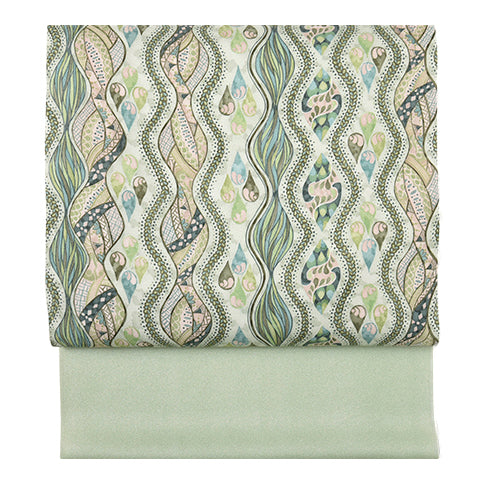 名古屋帯
名古屋帯
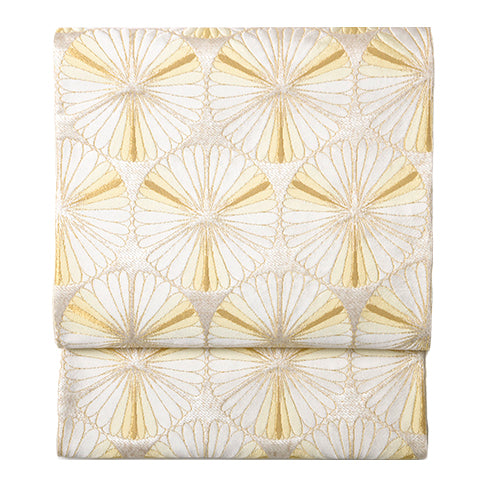 袋帯
袋帯
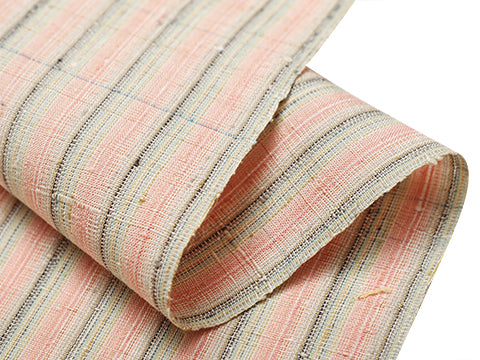 紬・綿・自然布
紬・綿・自然布
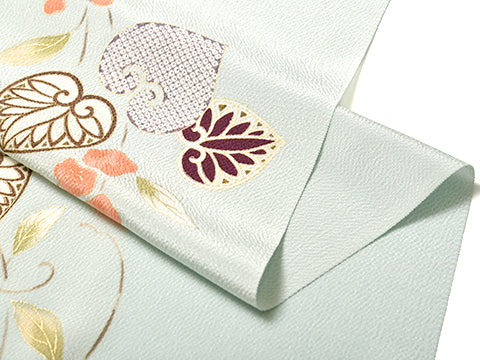 小紋・江戸小紋
小紋・江戸小紋
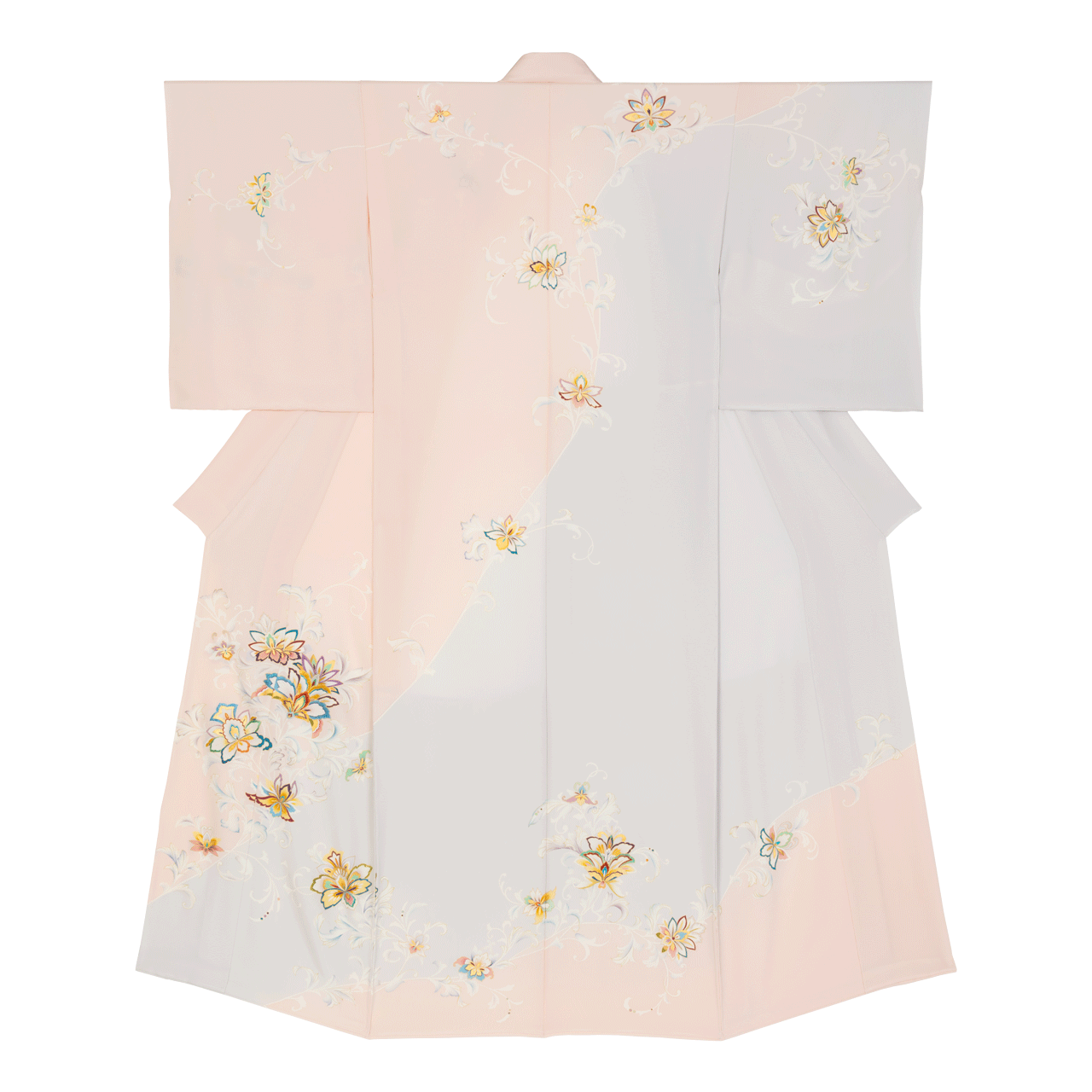 訪問着・付下げ・色無地ほか
訪問着・付下げ・色無地ほか
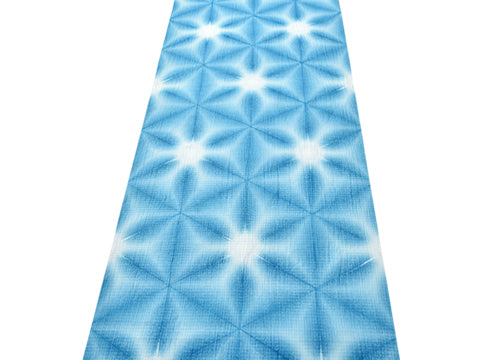 浴衣・半巾帯
浴衣・半巾帯
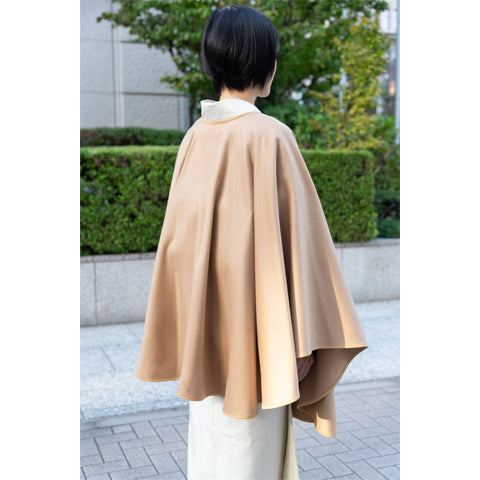 羽織・コート
羽織・コート
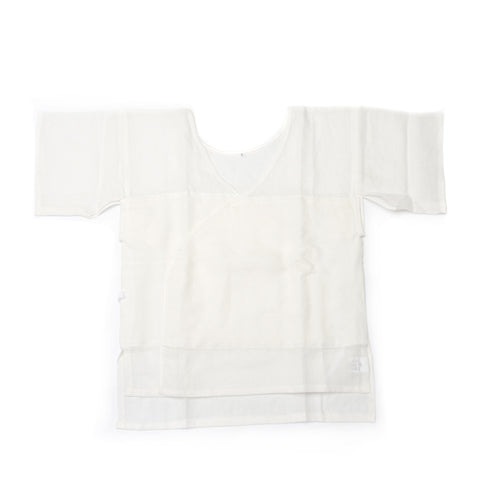 肌着
肌着
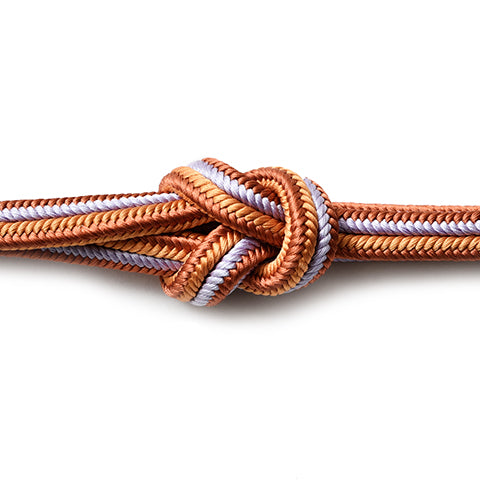 小物
小物
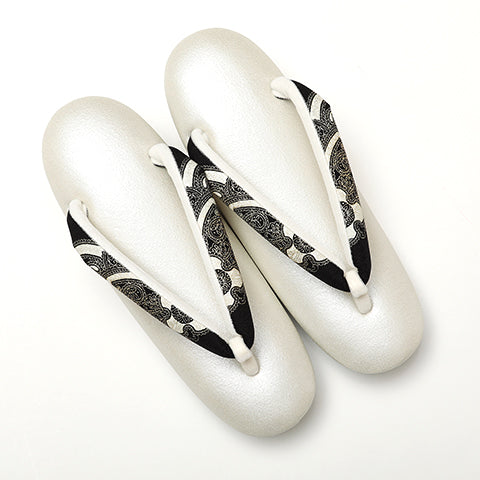 履物
履物
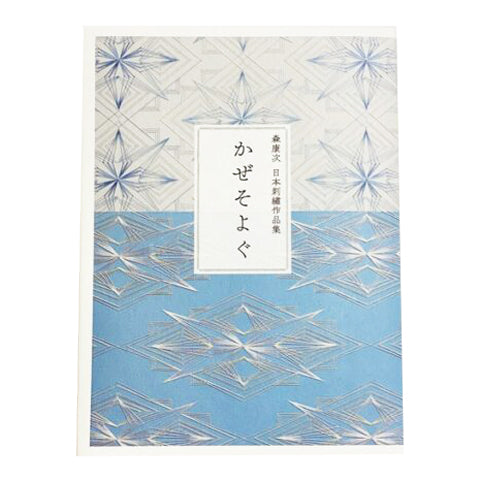 書籍
書籍
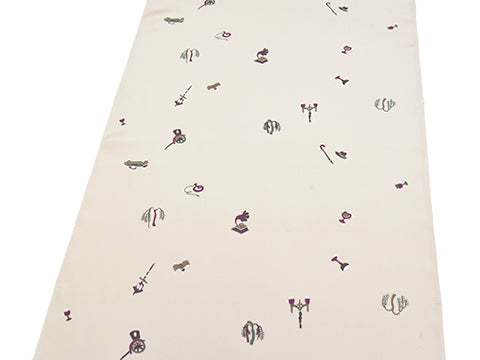 長襦袢
長襦袢
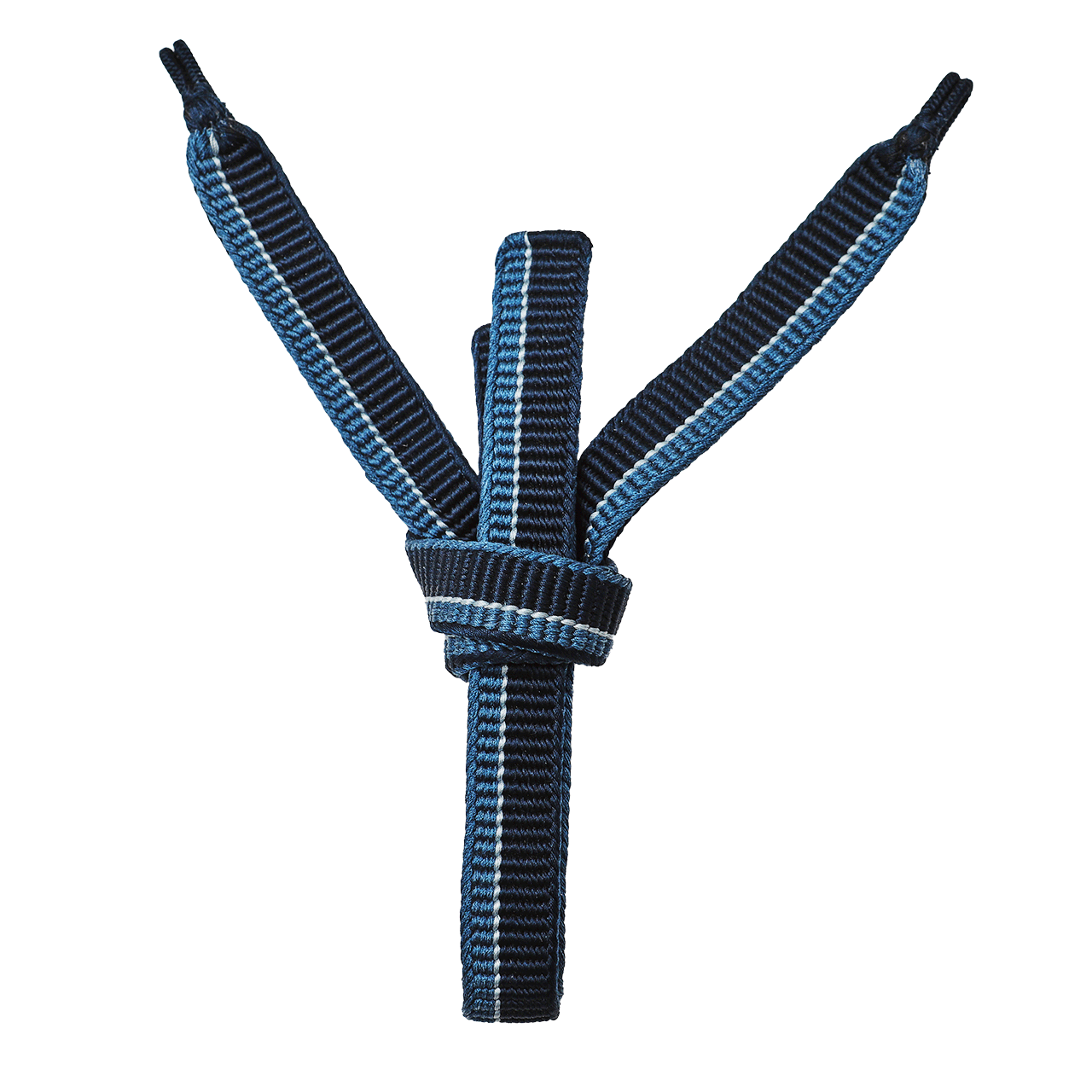 小物
小物
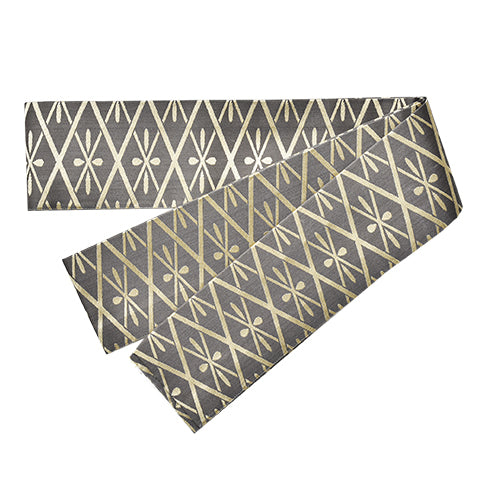 帯
帯
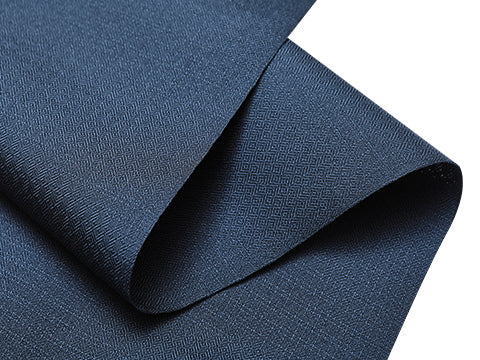 お召
お召
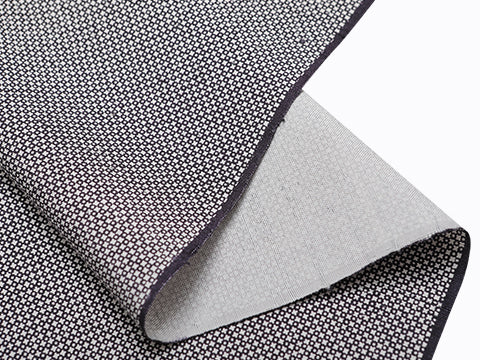 小紋・江戸小紋
小紋・江戸小紋
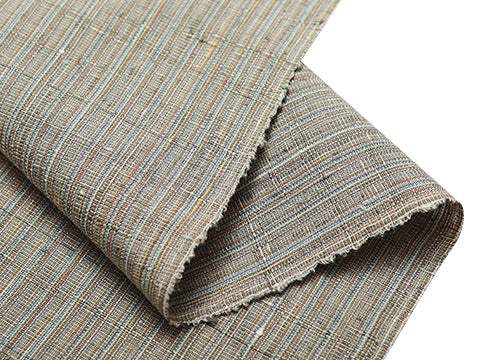 紬・綿・自然布
紬・綿・自然布
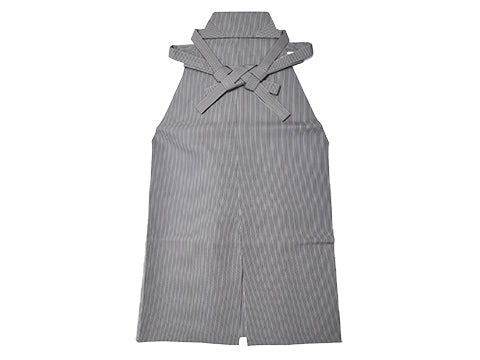 袴
袴
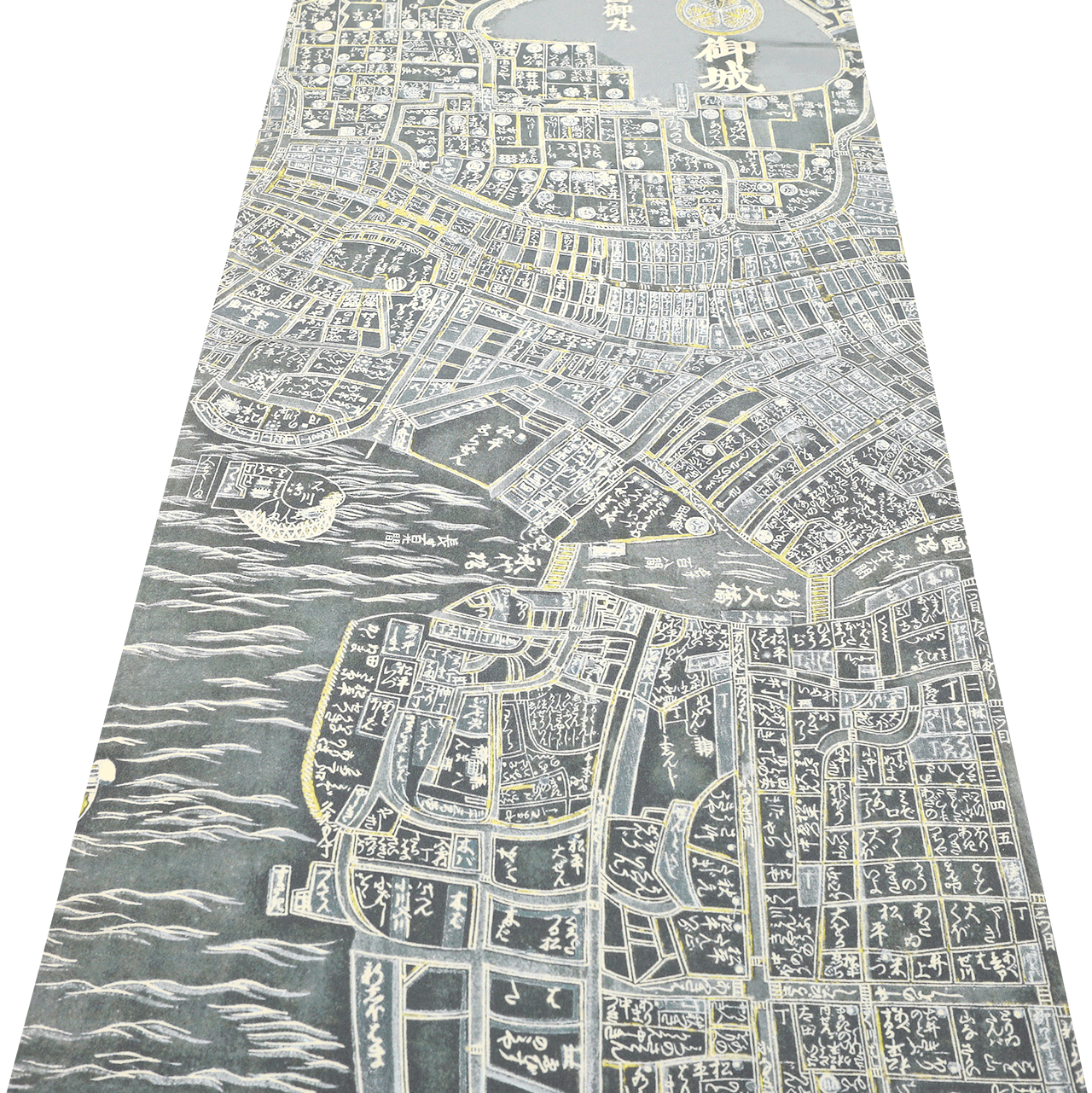 長襦袢
長襦袢
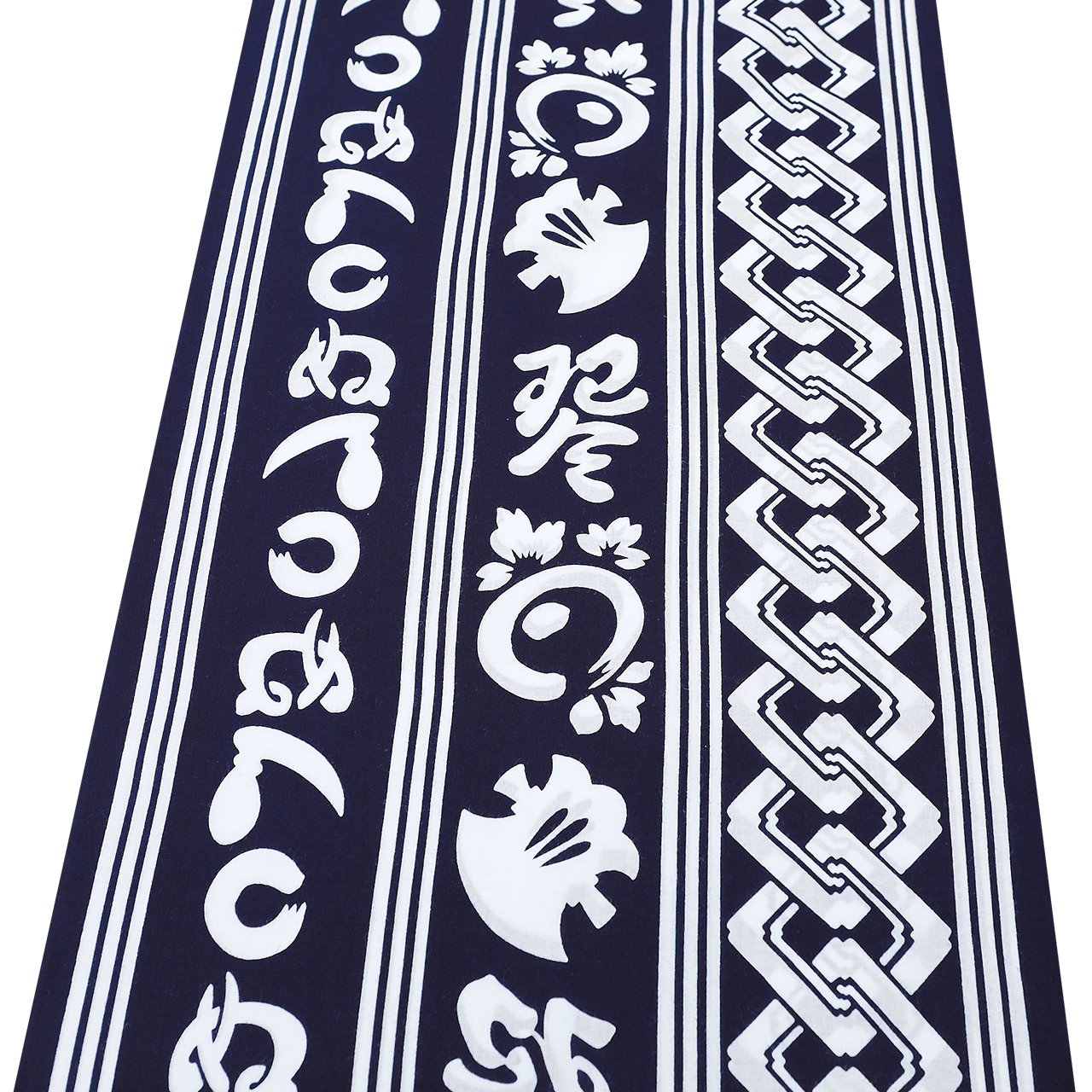 浴衣
浴衣
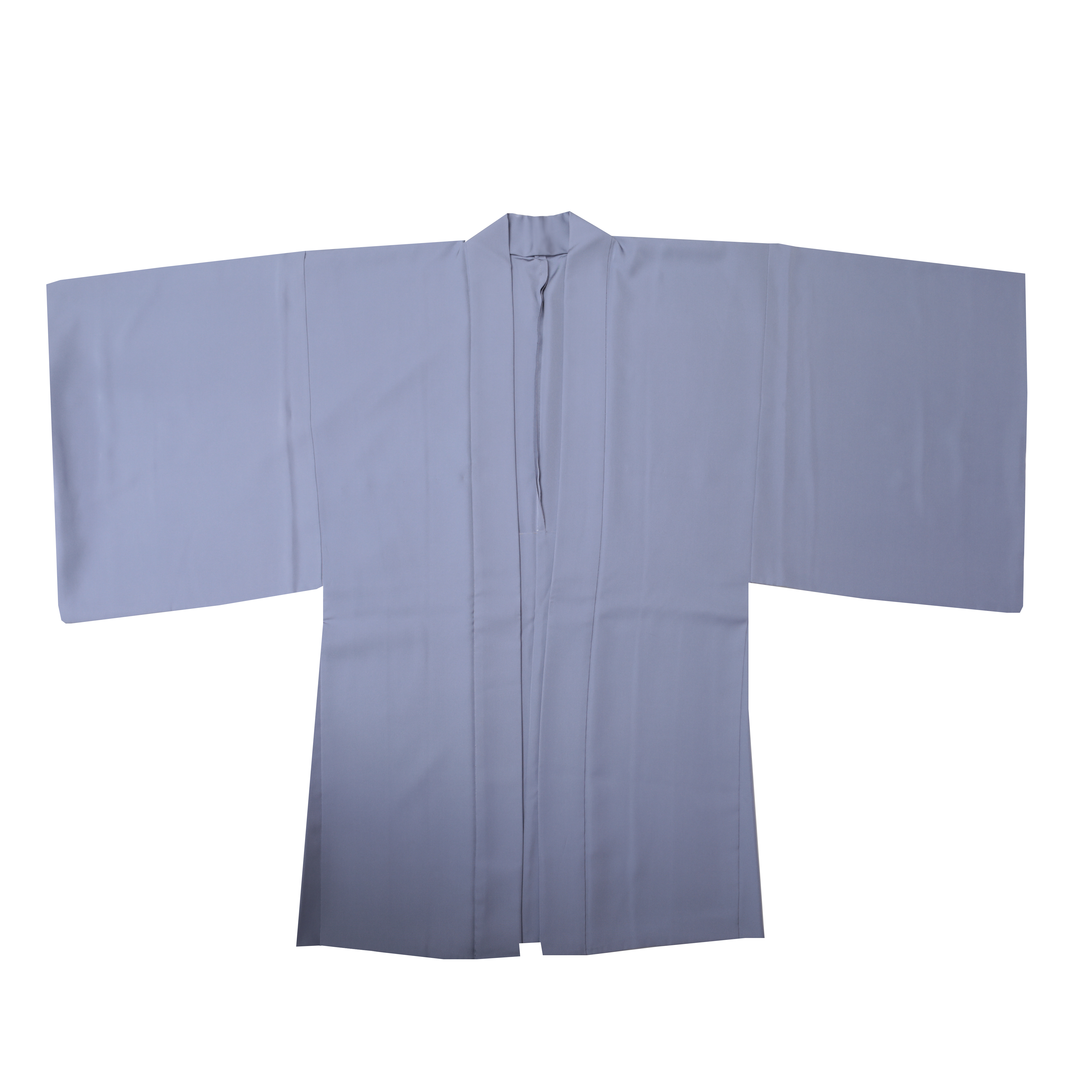 羽織・コート
羽織・コート
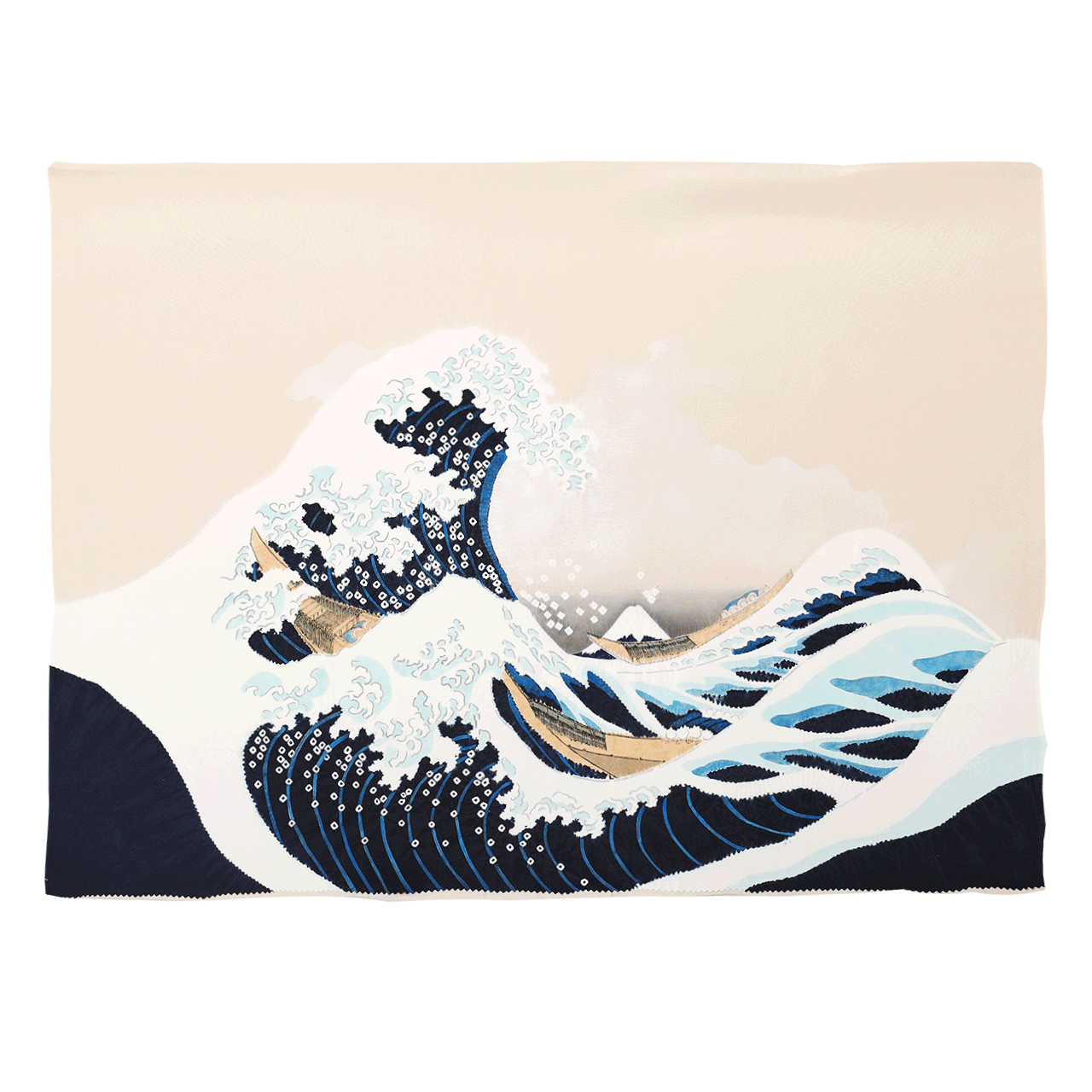 額裏
額裏
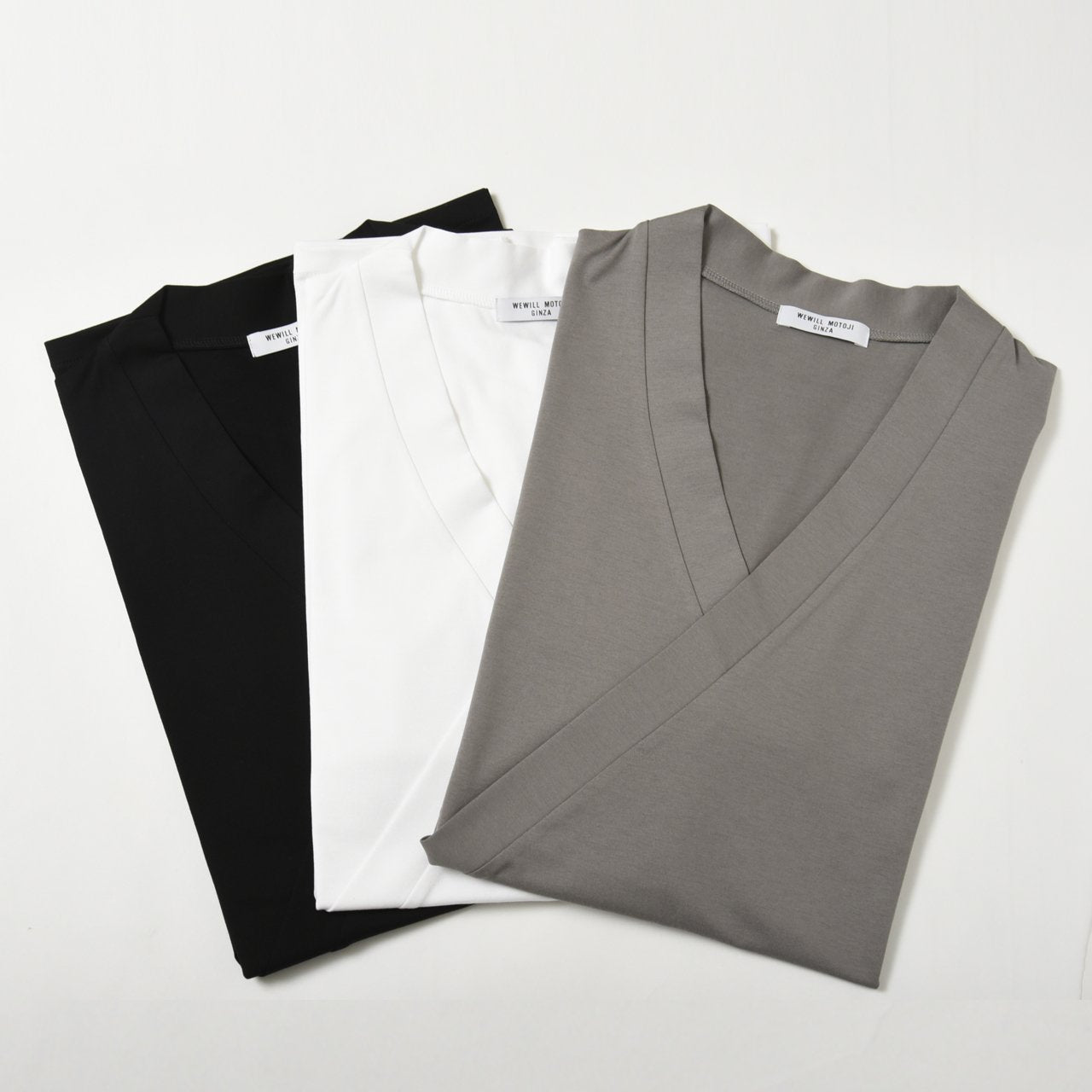 肌着
肌着
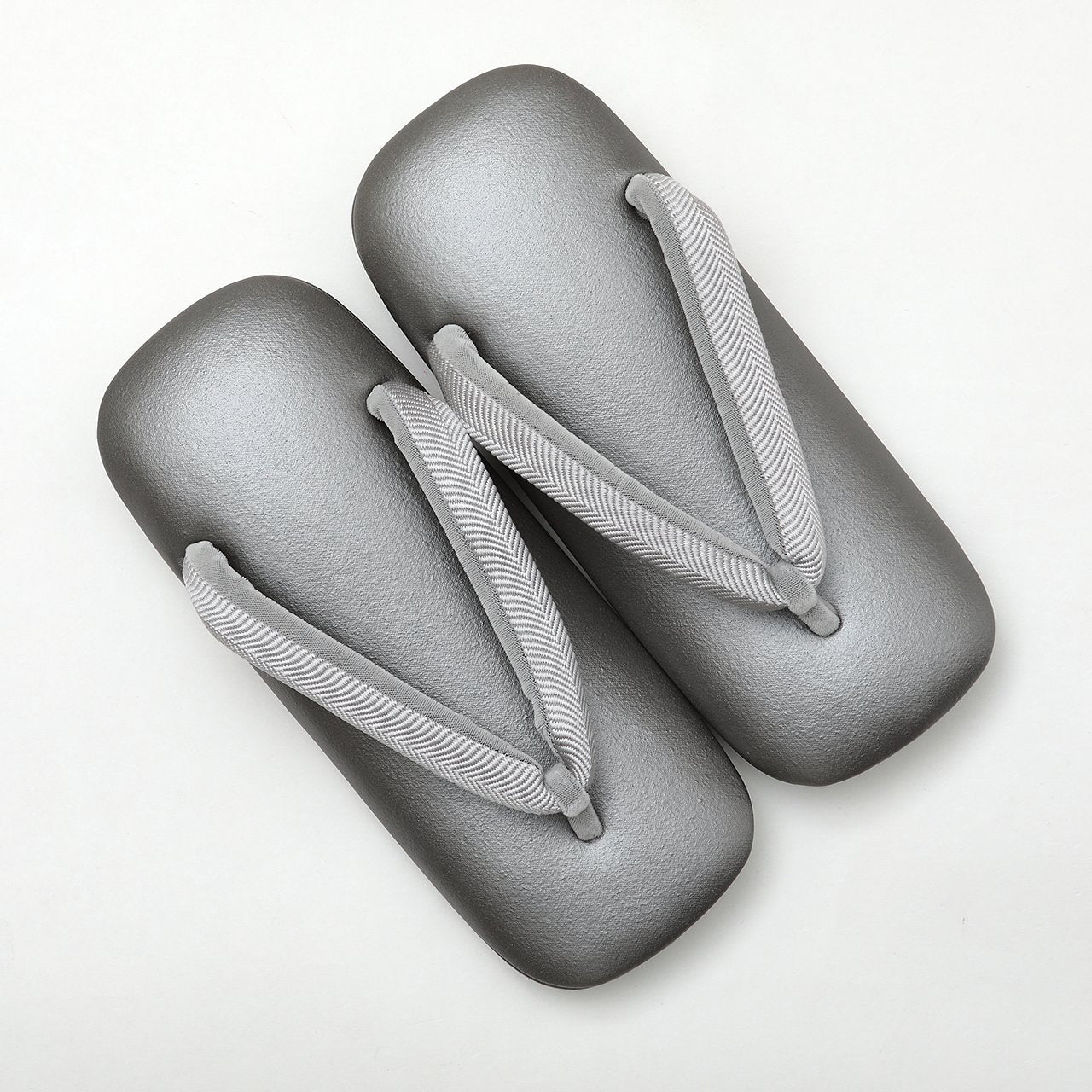 履物
履物
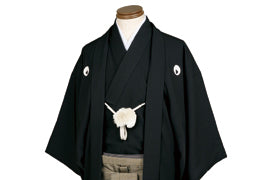 紋付
紋付
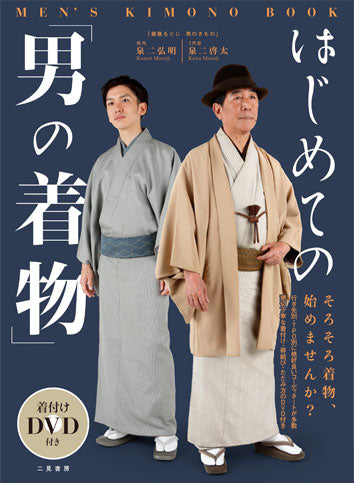 書籍
書籍
